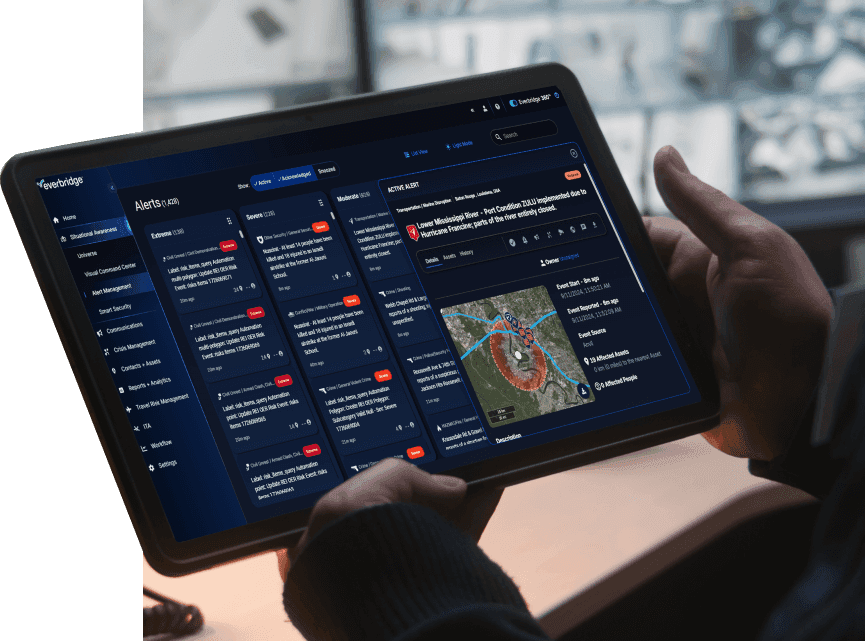Tell, Teach, Involve
Training and Learning Techniques for Emergency Notification and Incident Notification Personnel
“Tell me and I forget, teach me and I may remember, involve me and I learn.” ― Benjamin Franklin
Part 2
In the last blog post, we looked at the first two steps of the training process for EN or IN staff members.
- Create a timeline for training your team, who will be trained, to do what and when?
- Define what the training is to accomplish. What will the trained staff member be able to do?
- How will the training be delivered? Where and how will the team get the content?
- How will you know they learned the content? What tools will you use to determine how well your team can handle an incident?
- What will you do to remind and reinforce the training you have given your team? Will they still remember how to do the tasks they should perform in a few weeks or months?
Let’s look at the next three steps of the process.
3. How will the training be delivered?
There are several options for how the training is to be delivered, including one-on-one training sessions, classes, live and recorded webinars, and online tutorials delivered through a Learning Management System (LMS). I am an advocate for blended learning using an LMS and follow-up training by a trainer or subject matter expert (SME).
Usually, there are role-based recommendations in the LMS that you can use to identify what you want your team to see. Many corporate university LMS’s from your EN or IN vendor can track who at your site has taken the lessons, completed a course, or even achieved a certification. Everbridge makes this information available to a learning manager on their portal.
A blended approach can involve having the trainees watch the required training modules and pass a quiz before the trainer or SME works with them. This often saves time and money. The trainer or SME can review what your employees have learned online and focus on your local needs or processes.
4. How will you know they learned the content?
Here is where step 2 helps you. For each defined task, you need a way to be sure they understand it and can do it. Quizzes can measure the staff’s understanding of the process and tasks. The result helps you establish a way to measure and document the achievement of your goal.
Tom Peters, business management writer and author of In Search of Excellence, said, “What gets measured, gets done.” That might be a little optimistic, but if you cannot measure success, you cannot be sure it was achieved.
Considering the cost of a mistake when a notification is sent to hundreds or thousands of stakeholders, it is “comforting” to have the metrics to show that best efforts were taken to ensure competency. Quizzes can be content-based and part of an LMS course offering.
In addition, creating customized activities that reinforce the actions and handle your own custom procedures is a good idea. An excellent example of a custom training scenario can be seen in the following portion of a scenario developed by Val Turner, training manager for the Larimer Emergency Telephone Authority 911. Note the details; the focus on their region and the review of the notification based on a region’s (GIS) procedures.
==============================================================================================================
EMERGENCY TEST SCENARIO 1 (ETS 1)
A child is missing from the Marina Store at Carter Lake. The 6 year old male was wearing blue swim trunks and black sandals. He is approximately 4 feet tall, 45 pounds with sandy brown hair and wears glasses.
In this alert you will need to:
- Send an alert to the neighborhood immediately NE of Carter Lake between Sedona Hills and County Road 31
- Save your polygon
- After recording your voice message attach the child’s photo
- In message delivery options, you will need to deselect confirm
- Send your message
- Complete a second test alert by recalling your original polygon and sending an all-clear message that the child has been found
==============================================================================================================
5. How do you plan to make sure they still remember how to do the tasks you need them to perform? What will you do to remind and reinforce the training you have given them?
Plan the future sessions and review periods to keep your staff sharp. The key to the frequency of review is the frequency of use. Sending frequent non-emergency messages will keep your message senders sharp. Messages that provide valuable information can be used in this way. Just be sure that you clearly identify informational messages as opposed to critical notifications.
In a future blog entry, I will discuss testing methods, scale, and frequency.
